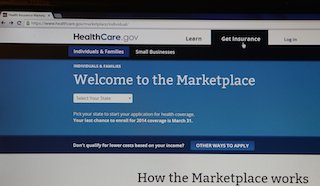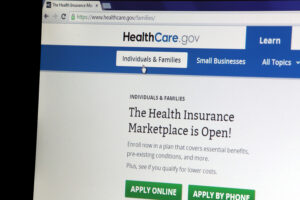A new Avalere analysis finds that more than 2 million exchange enrollees eligible for cost-sharing reductions (CSRs) are not receiving the subsidies because they have selected a non-qualifying plan.
In addition to the more publicized tax credits that lower consumers’ monthly premiums, exchange enrollees with incomes between 100% and 250% ($11,770 – $29,425) of the federal poverty level are eligible for CSRs. Exchange consumers must enroll in a plan on the silver metal level to access CSRs.
Specifically, the analysis finds that of the 8.1 million individuals enrolled in exchanges in 2015 who earn incomes that make them eligible for CSRs to reduce out-of-pocket costs, only 5.9 million are actually receiving them. This leaves 2.2 million consumers who may be paying more out-of-pocket than intended under the Affordable Care Act (ACA) because they have selected a plan that does not qualify.
“Consumers are picking plans on exchanges based on premiums, rather than out-of-pocket costs,” said Dan Mendelson, CEO at Avalere. “As a result, some patients may be paying more than they need to for care. While cost-sharing reductions can help reduce what patients pay when they visit a doctor or hospital, some consumers may be unaware of the potential benefits.”
The difference between the number of exchange enrollees eligible for CSRs and those enrolled may be a result of consumers’ focus on premiums. For example, some CSR-eligible consumers are likely enrolling in lower-premium bronze plans, rather than the required silver plans. Meanwhile, other consumers may not be aware that CSRs are available and the benefits they offer.
“Additional consumer education and more sophisticated decision support tools are likely needed to ensure that all patients are accessing the benefits available under the Affordable Care Act,” said Elizabeth Carpenter, vice president at Avalere. “Specifically, consumers need tools that highlight the tradeoff between monthly premiums and out-of-pocket costs and demonstrate the benefits of cost-sharing reductions.”
The Congressional Budget Office (CBO) estimates that consumers will continue to forgo CSRs in the future. Indeed, the CBO projects 3 million individuals who are eligible for CSRs will forgo subsidies by signing up for a bronze plan in the years after 2015.
Methodology: Avalere examined the exchange demographic data released in the ASPE Health Insurance Marketplaces 2015 Open Enrollment Period: March Enrollment Report on March 10, 2015 as well as the Centers for Medicare & Medicaid Services March 31, 2015 Effectuated Enrollment Snapshot report. Avalere applied the income demographics of those who selected exchange plans during the open enrollment period to the effectuated enrollment population. Therefore, the analysis assumes the income distribution of those selecting and effectuating coverage are similar. For the purposes of this enrollment, Avalere also assumes the underlying demographics of the exchange population remain relatively constant after coverage effectuation.








